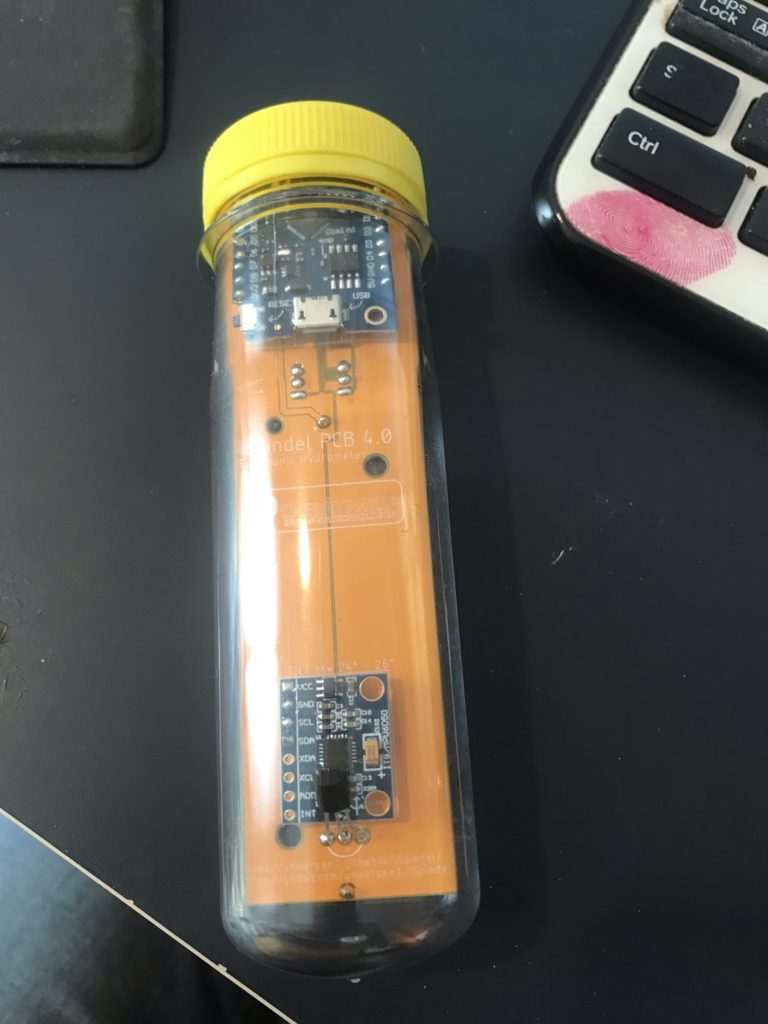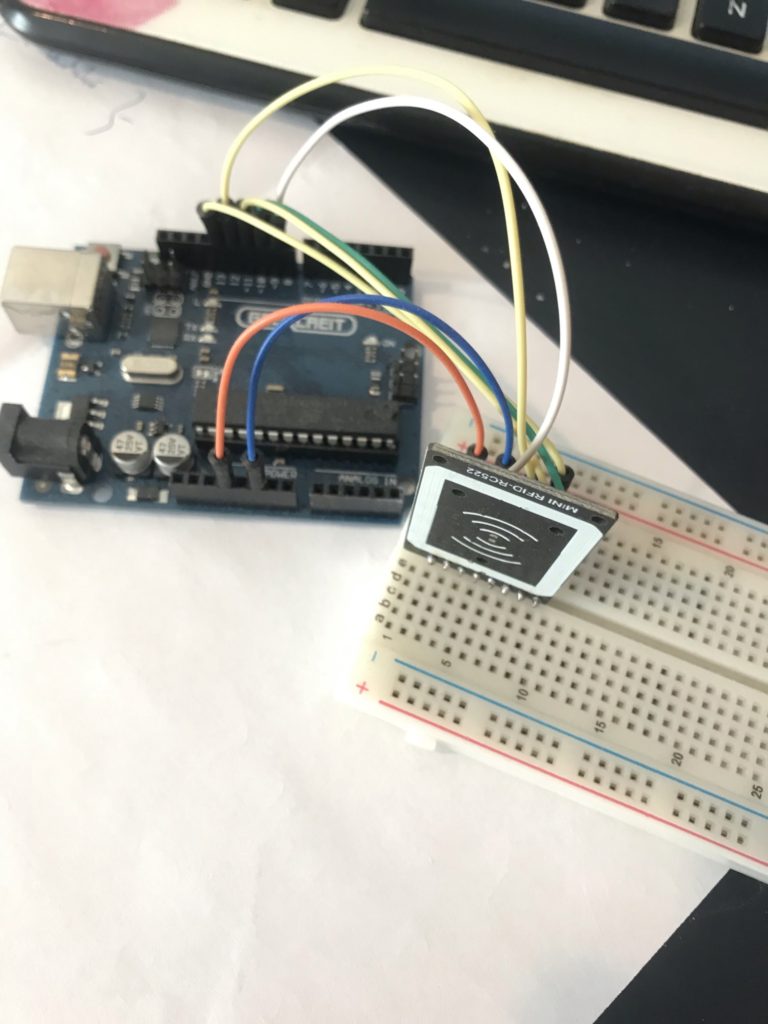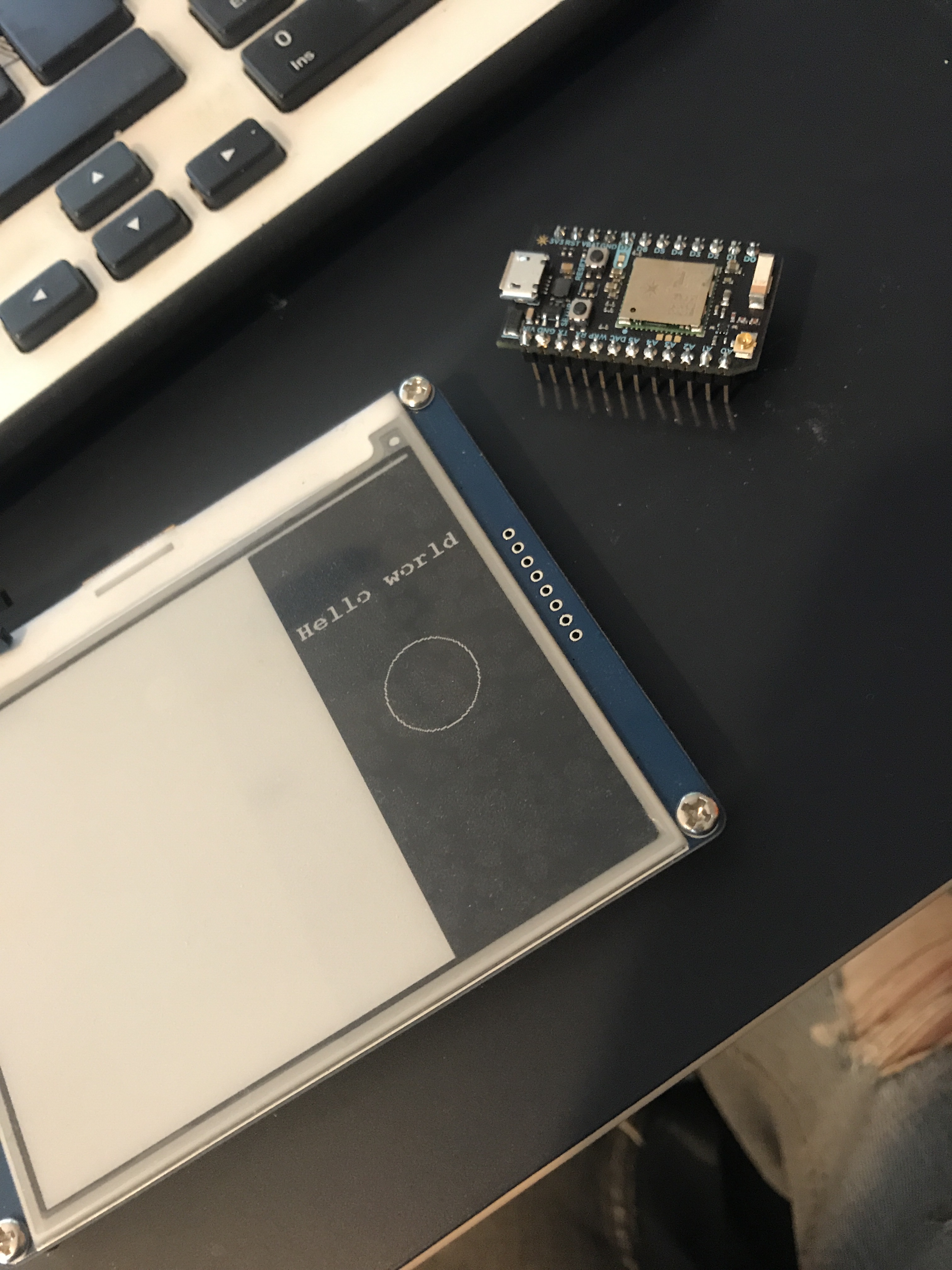Since it’s been so long since I wrote anything here I’m way behind on all the inventiveness that has hapened.
On 3d printing – I was previously super happy about the printer I had for FDM printing. It was rubbish at small and detailed items though, which is why I then went and bought a resin printer.
The resin printer is great, but incredibly messy. And not brilliant for the environment either. It uses UV-curing water-washable resin so you rinse off the models after printing before then setting them under UV light to properly harden. The resin is quite noxious and involves a solvent which a) gives you a headache after a while, and b) causes cancer and skin lesions. So although the models are good, there are downsides.
But then I was spammed with information about the latest Bambu FDM printers that promised good detailed printing, no manual bed levelling needed, and even works in multicolour! That must surely cost a million pounds? Not – it was less than £500.
I bought one – a Bambu A1 with a 4-colour filament thingy. And so far it’s amazing. A world apart from the previous two printers. It just works. Suddenly 3d printing is a useful tool and not just a hobby in adjusting things to the millionth degree to try and get a boat model to look vaguely decent.
It’s fast too. I bought a model of a haunted house and printed it for halloween. It’s so good we keep it out on permanent display.
https://uk.store.bambulab.com/products/a1?id=571094875713077256





